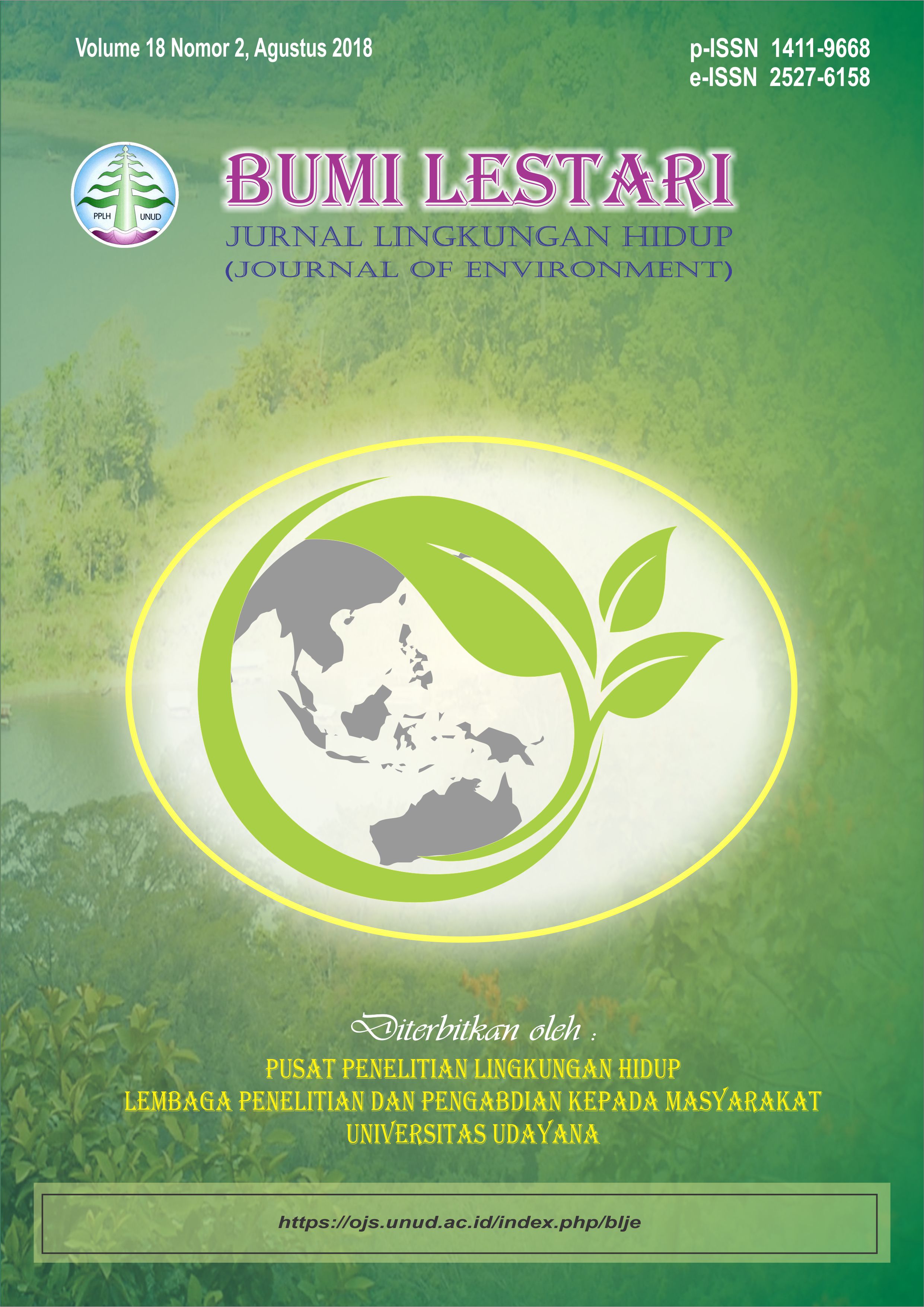Perbandingan Kebutuhan Koagulan Al2(So4)3 dan PAC Untuk Pengolahan Air Bersih Di WTP Sungai Ciapus Kampus IPB Dramaga
Abstract
Water Treatment Plant (WTP) IPB process water from Ciapus River by water purifying process before distributed to consumers. The type of coagulant used is Al2(SO4)3 (aluminum sulfate) or alum and Polyaluminium Chloride (PAC). This study aimed to compare the water quality by using coagulant Al2(SO4)3 and PAC in WTP Ciapus River IPB Dramaga and to find out the optimum dosage of coagulant alum and PAC . This study used a test jar method and ISO (SNI) for the analysis of physical and chemical parameters of water. Based on the results of research, PAC was better than alum with the optimum dose of 20 ppm which produces 0.22 NTU of turbidity, 1 mg/l of TSS and 150 mg/l of TDS. While the optimum dose of alum was 20 ppm which generates 0.49 NTU of turbidity, 0 mg/l of TSS and 164 mg/l of TDS. Average costs for the use of coagulant alum and PAC were Rp. 95/m3 and Rp 215/m3, while the average value of the efficient used of coagulant alum and PAC were 91.34% and 83%. The results of both coagulants meets the criteria of water quality standards in accordance with Regulation of the Minister of Health No. 429 of 2010.
Downloads
Authors who publish with this journal agree to the following terms:
- All articles published by Bumi Lestari Journal of Environment and Environmental Reseach Center Udayana University are made available under an open access license worldwide immediately. This means everyone has free and unlimited access to the full-text of all articles published in Bumi Lestari Journal of Environment, and everyone is free to re-use the published material given proper accreditation/citation of the original publication. Open access publication is supported by authors' institutes or research funding agency by payment of a comparatively article processing charge for accepted articles (See Author Fees). Bumi Lestari Journal of Environment and Environmental Reseach Center Udayana University publish articles under the Creative Commons Attribution License.
- Authors are able to enter into separate, additional contractual arrangements for the non-exclusive distribution of the journal's published version of the work (e.g., post it to an institutional repository or publish it in a book), with an acknowledgement of its initial publication in this journal.
- Authors are permitted and encouraged to post their work online (e.g., in institutional repositories or on their website) prior to and during the submission process, as it can lead to productive exchanges, as well as earlier and greater citation of published work (See The Effect of Open Access).





